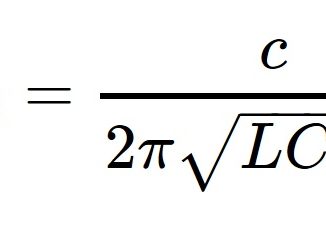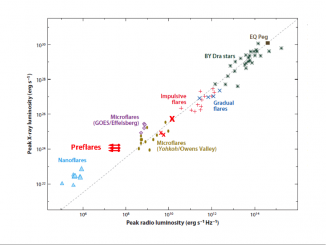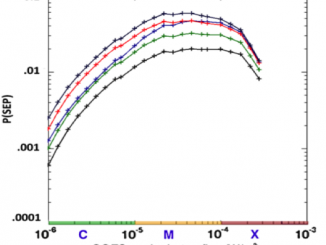Acceleration and Storage of Energetic Electrons in Magnetic Loops in the Course of Electric Current Oscillations
by V.V. Zaitsev and A.V. Stepanov
There are long-lived radio events on the Sun and stars like in type IV solar radio bursts with sudden reductions and pulsating type III bursts (Slottje, 1972; Huang et al. 2016) as well as intriguing intense radio emission from ultracool stars that lasts for several rotation periods (Hallinan et al. 2007). This can be the result of the multiple injections of accelerated electrons into the coronal magnetic loops. The idea […]





